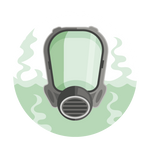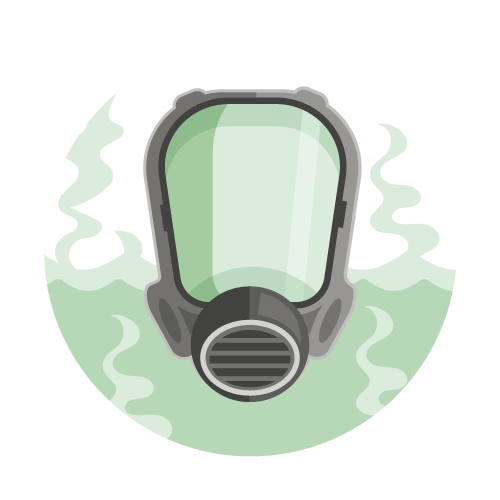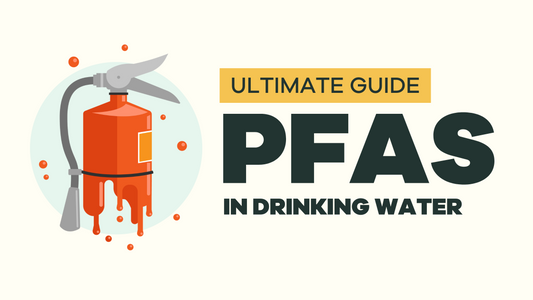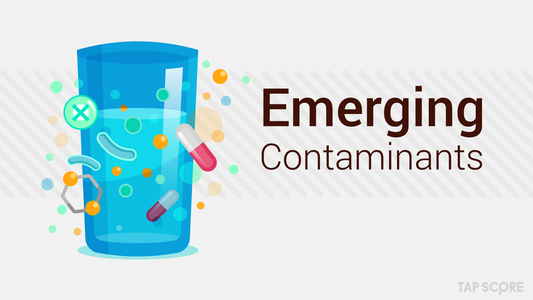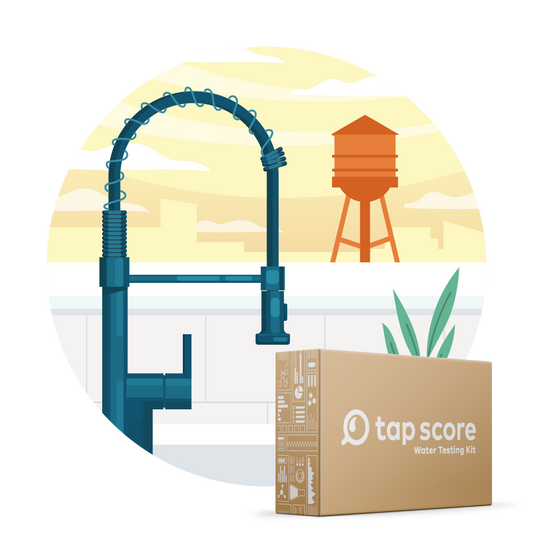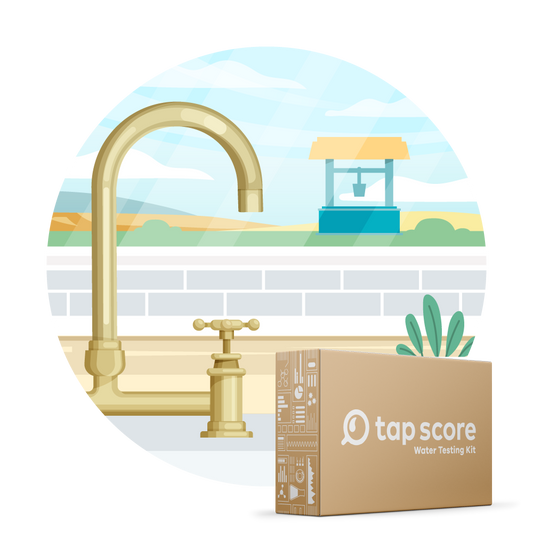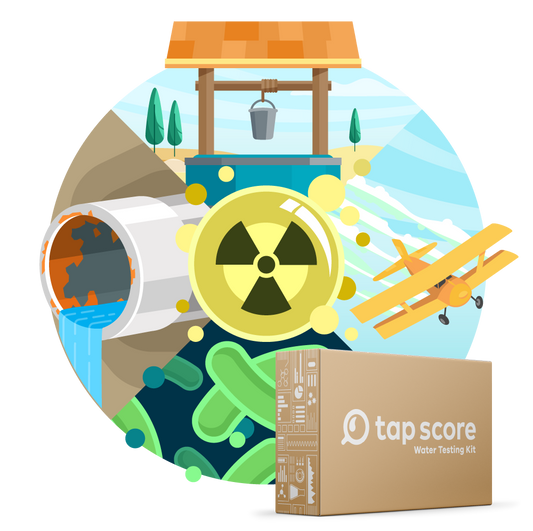
Do Water Filters Remove Haloacetic Acids?
Haloacetic acids (HAA5) are the unintended byproducts of chlorine disinfection of drinking water. Unfortunately, while disinfection is important for controlling bacteria and other pathogens, long term exposure to HAA5 has been linked to harmful health effects related to pregnancy and cancer.
Installing the right filtration systems can help keep your drinking water safe.
What Are Haloacetic Acids (HAA5)?
Haloacetic acids or HAAs/HAA5 are a group of five disinfection by-products (DBPs) that are created when chlorine and/or chloramine react with naturally occurring organic matter found in certain water supplies during treatment. The resulting HAA5 compounds include:
- Dichloroacetic acid
- Trichloroacetic acid
- Monochloroacetic acid
- Bromoacetic acid
- Dibromoacetic acid

Disinfection Byproducts: The Adverse Effects of Water Chlorination—SimpleLab Tap Score
Health Symptoms of HAA5 in Drinking Water
The EPA states that drinking water containing haloacetic acids above the regulatory limit of 60 parts per billion (PPB) over many years may lead to health issues with the liver, kidneys, or central nervous system, as well as an increased risk of cancer.[1]
Studies have also found that HAA5 exposure can lead to harmful effects to fetal growth and development during pregnancy.[2]
How to Tell If Your Water Has HAA5
Unfortunately, haloacetic acids do not cause changes to water’s smell, appearance, or taste.
Higher levels of these compounds are more likely to be found in water supplies sourced from surface water—like rivers or reservoirs—rather than groundwater because soil and rock act as filters for removing organic matter that lead to DBPs.
Public water systems are also required to notify their customers if haloacetic acids exceed a maximum contaminant level (MCL) of 60 PPB.
Contacting your local utility or public health department is a good first step toward finding out which contaminants may be in your drinking water distribution system. Additionally, water testing can tell you what concentrations of HAA5 are at your tap.
Haloacetic Acids Water Test
Test your drinking water for haloacetic acids (HAA5), which form in city water as a result of chlorine disinfection processes.
At-Home Water Treatments for HAA5
If you have been issued a notice or are concerned that haloacetic acids may be in your drinking water, there are several options for filtering water at home. Always be sure to check that the device you choose is actually certified to remove HAA5. NSF/ANSI Standards 42 & 53 cover HAA5 removal.[3]
Does Reverse Osmosis Remove Haloacetic Acids?
Yes, reverse osmosis filters have been shown to reduce HAA5. While expensive, they typically remove more contaminants than other filters.
Do Activated Carbon Filters Remove Haloacetic Acids?
Yes, activated carbon can reduce HAA5 levels in tap water.
Do Filter Pitchers Remove Haloacetic Acids?
Depending on the type of technology the pitcher uses (such as those with activated carbon filters), point-of-use filters–like the Brita–can reduce HAA5 in water.
Do Ultraviolet (UV) Filters Remove Haloacetic Acids?
No, UV filters will not remove HAA5. While UV filters may be used as an alternative to chlorine during central water treatment to avoid the creation of HAA5, it will not remove HAA5 already in the water system.[4]
Does Boiling Water Remove Haloacetic Acids?
No, boiling water will not reduce HAA5.
The Top 5 Most Popular Water Filtration Technologies—SimpleLab Tap Score
Can Anything Be Done to Prevent HAA5 in Drinking Water?
Rather than filtering at home, ultimately the safest approach is for utilities to prevent the formation of HAA5 during water treatment by deploying corrective approaches to remove natural materials from water supplies before disinfecting with chlorine, if possible.[5]
While service providers are required to monitor their treated water for HAA5, several communities have experienced periods of high concentration in their local supplies.

Read More
▾7 Pathogens That Contaminate Drinking Water – SimpleLab Tap Score
Disinfection Byproducts: The Adverse Effects of Water Chlorination | SimpleLab Tap Score
What Is The Difference Between MCLG and MCL? – SimpleLab Tap Score
What Is Reverse Osmosis (RO)? – SimpleLab Tap Score
POE Versus POU Water Treatment – SimpleLab Tap Score
Sources and References
▾- Haloacetic Acids - Maximum Contaminant Level Exceedances - Public Notification
- Late Pregnancy Exposures to Disinfection By-products and Growth-Related Birth Outcomes
- Drinking Water Treatment Units - Health Effects
- Want Clean Water? Turn on the Lights - Scientific American
- Oregon Department of Human Services HEALTH EFFECTS INFORMATION

